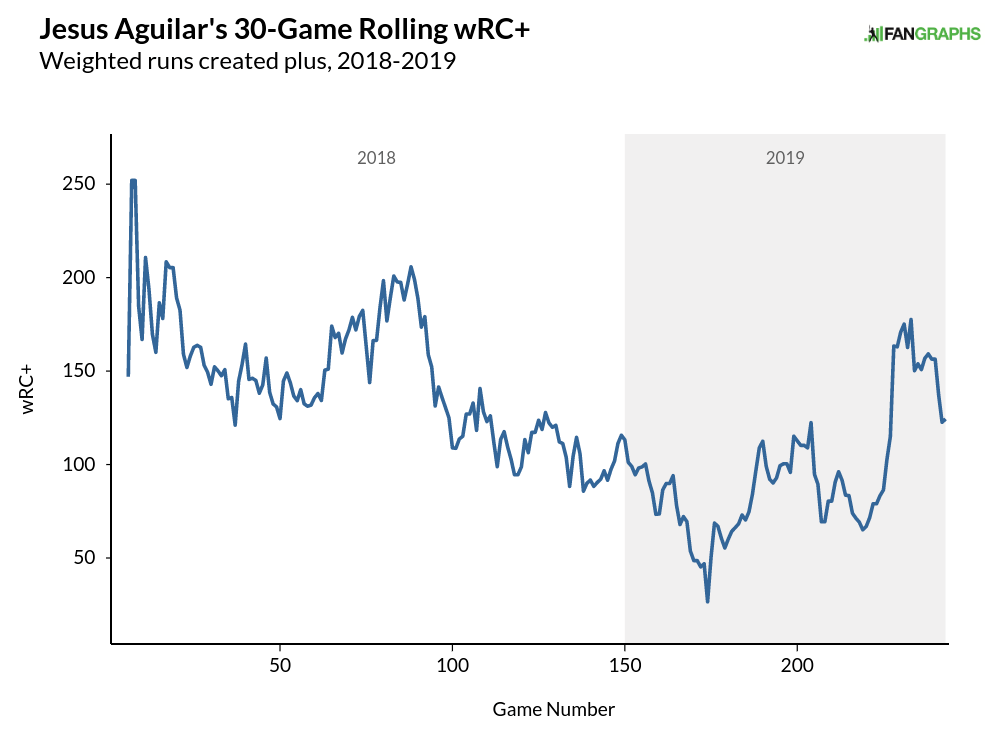Tanner Roark Heads to Oakland
The A’s, who have about a 25% chance of pulling down a Wild Card spot and still haven’t won a World Series title for Billy Beane, continued their efforts to shore up a beleaguered rotation by acquiring Tanner Roark from the Reds Wednesday afternoon in exchange for High-A outfielder Jameson Hannah. Roark, 32, will join Homer Bailey as a newcomer to the Oakland rotation and will work to build on what has been a solid if uninspiring season for Cincinnati thus far.
Luckily for Roark, solid but uninspiring will work just fine for the A’s. Oakland’s bullpen has been top-five in the game by FIP (4.03), and its offense top 10 by wRC+ (102), but the rotation — missing Sean Manea, Marco Estrada, and Frankie Montas to injury or suspension — has stumbled to a 4.60 FIP that ranks 14th league-wide. 12 pitchers have made starts for the A’s this year, and seven of them have season FIPs above that 4.60 average. Roark’s 4.20 will, presumably, help.
So too will his durability. Roark has made at least 30 starts in each of the last three years and in four of the last five. Since 2016, only six starters have taken the mound more often, and only nine have thrown more innings. There could be no neater fit than the one between the team that needs reliable innings and a starter who can provide those innings at a modest price. Roark will be a free agent at season’s end, meaning that his acquisition changes Oakland’s future plans not one iota, and as Susan Slusser reports that the Reds will pick up $2.1 million of the remaining $3 million or so of Roark’s salary, the financial downside here is minimal to the point of absence. Read the rest of this entry »

 Dan Szymborski
Dan Szymborski